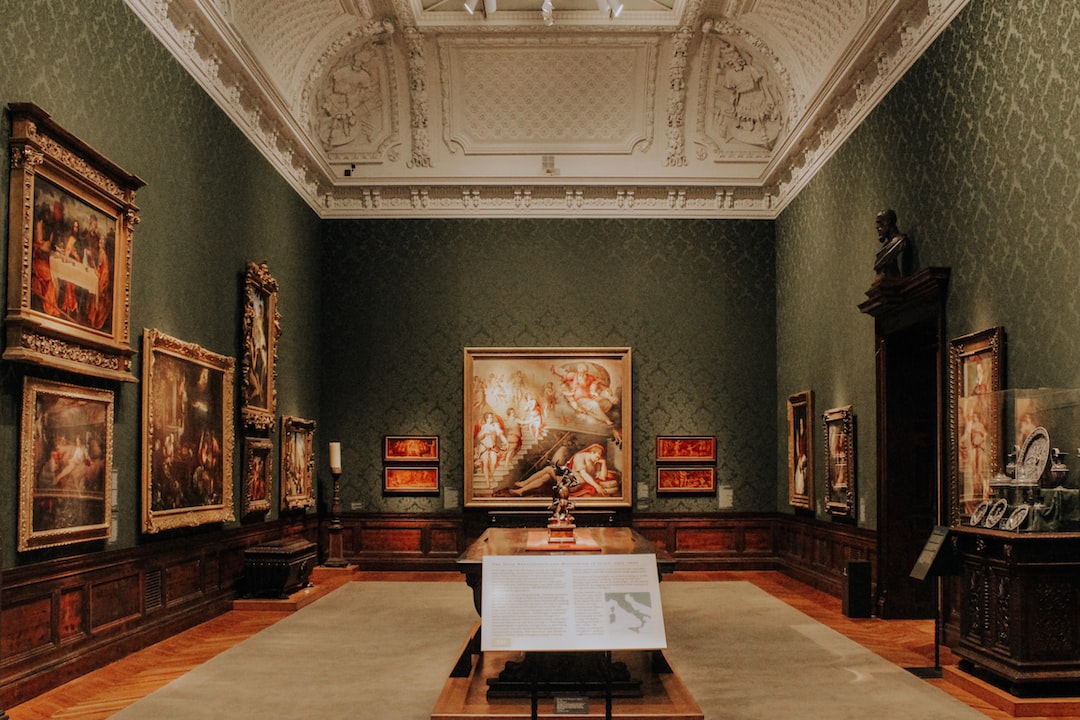Immersive Art: Blurring the Line between the Viewer and the Artwork
Art has always been a medium that pulls the viewer into its world. It has the power to evoke emotions, challenge perspectives, and transport us to different realms. In recent years, however, there has been a surge in a new form of art that takes this immersive experience to a whole new level. Immersive art blurs the line between the viewer and the artwork, creating an interactive and captivating experience like no other.
Immersive art pushes the boundaries of traditional art forms by incorporating technology, multimedia, and interactive elements. It transforms physical spaces into immersive environments, where the viewer becomes an active participant rather than a passive observer. By breaking down the barrier between the artwork and the viewer, immersive art seeks to create a deeper connection and engagement, allowing people to truly experience the art on a personal level.
One prominent example of immersive art is the installation “Rain Room” by Random International. This interactive installation creates a simulated rain shower, but with a twist – as visitors walk through the room, sensors detect their presence, causing the rain to stop in the area around them. It is a truly immersive experience, as people become part of the artwork, interacting with the rain and feeling the power of their presence.
Another groundbreaking immersive art experience is found in virtual reality (VR) art. VR art allows viewers to step into a completely digital world, where they can explore and interact with artworks in a way that was previously impossible. Artists are using VR technology to create visually stunning and immersive environments, empowering viewers to navigate and engage with the artwork on their terms. This form of art blurs the line between the physical and the virtual, promising endless possibilities for creativity.
Immersive art also challenges traditional notions of gallery and exhibition spaces. Rather than a static display on a wall, immersive art installations often transform entire rooms, enticing viewers to explore and engage with the artwork from various angles. The physical environment becomes an integral part of the art, creating a multisensory experience that transports the viewer into a different world.
Participation is key in immersive art. By actively engaging with the artwork, viewers become collaborators and co-creators. The boundaries between the artist and the viewer blur, as their presence and actions become part of the artwork itself. This creates a sense of ownership and personal connection, making the art more relatable and impactful.
Immersive art invites us to reconsider the way we perceive and interact with art. It challenges us to question the boundaries between the viewer and the artwork, and encourages us to become active participants in the creative process. Through technology, interactivity, and creative use of space, immersive art pushes us to see and experience art in a whole new light.
In a world that is becoming increasingly digital and virtual, immersive art serves as a reminder of the power of physical experiences. It reminds us that art has the ability to provoke emotions, connect people, and create meaningful connections. Immersive art is not just about blurring the lines between the viewer and the artwork; it is about breaking down barriers and inviting us to be active participants in the world of art.

